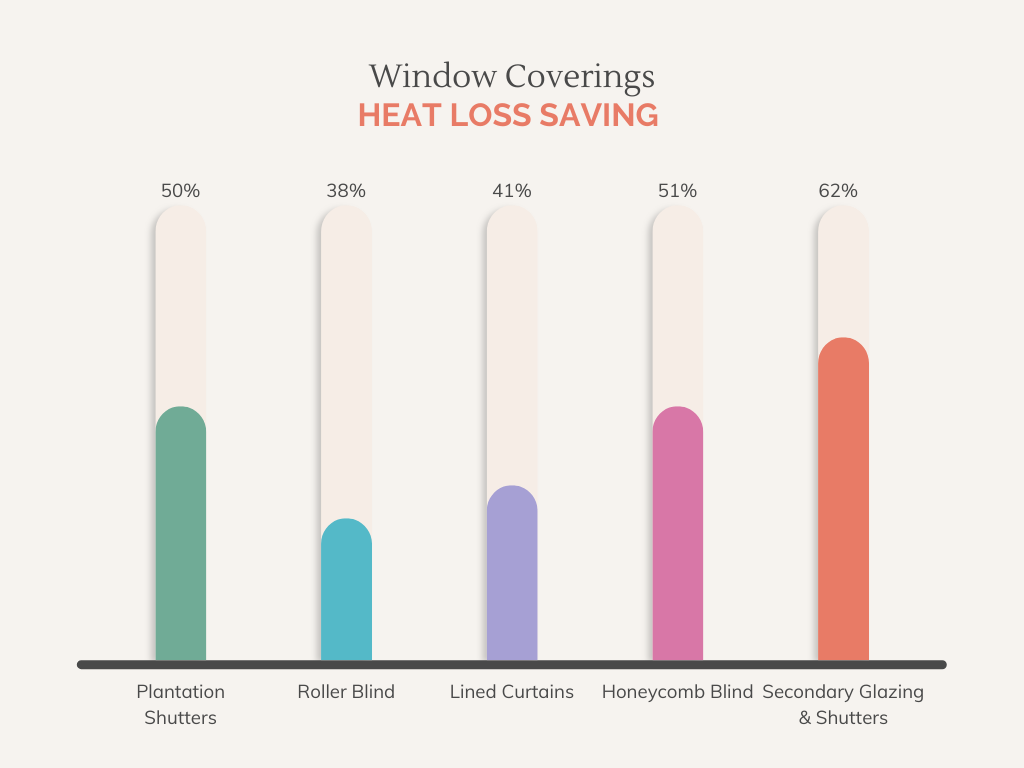With the international news heavily focussed on the increase in energy bills and the cost of living, it is a time when we are all looking at how we may be able to reduce spend in certain areas. How can we become more energy efficient? Many of us are looking around our homes and thinking about how we can make cost savings through home improvements and lifestyle changes. In addition, particularly with the colder winter months ahead of us, we are needing to consider how can we keep the heat in? How can we improve the insulation in our home? With the escalation in energy bill prices, these are changes we are all going to be keen to make.
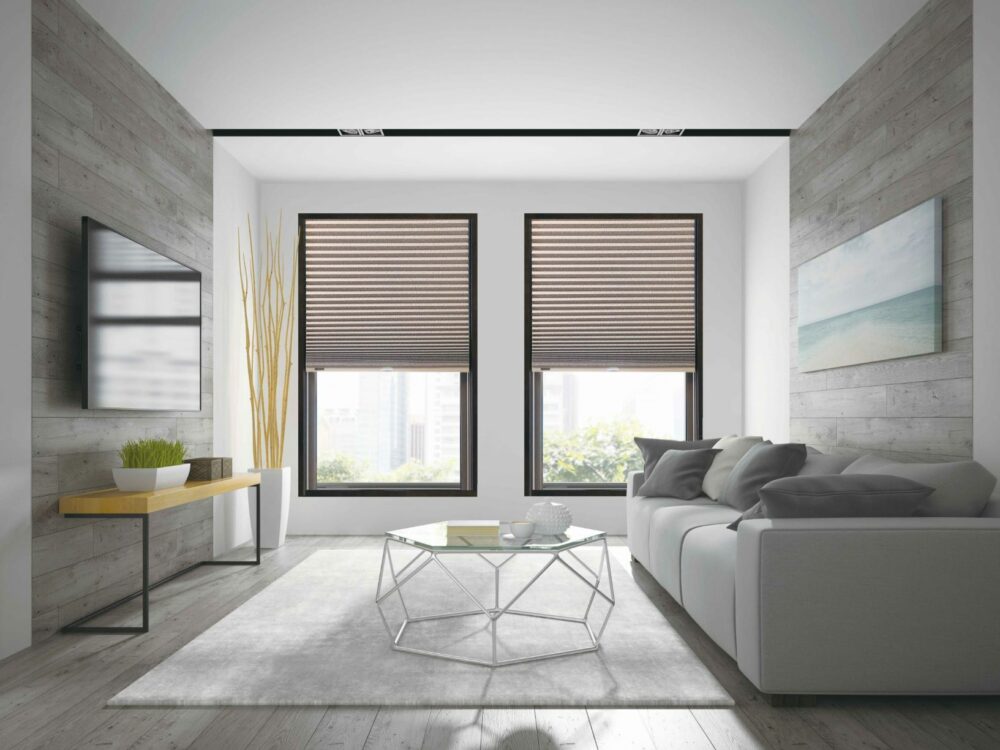
Windows and Doors are obvious and sometimes expansive, large glass areas where heat will escape and drafts may creep in through poorly fitted frames, therefore window dressings are a key component in keeping your home insulated. So much so, that there is evidence that window coverings can conserve and reduce energy loss through the windows, therefore lower your heating bills and keep you cosier during the winter months.
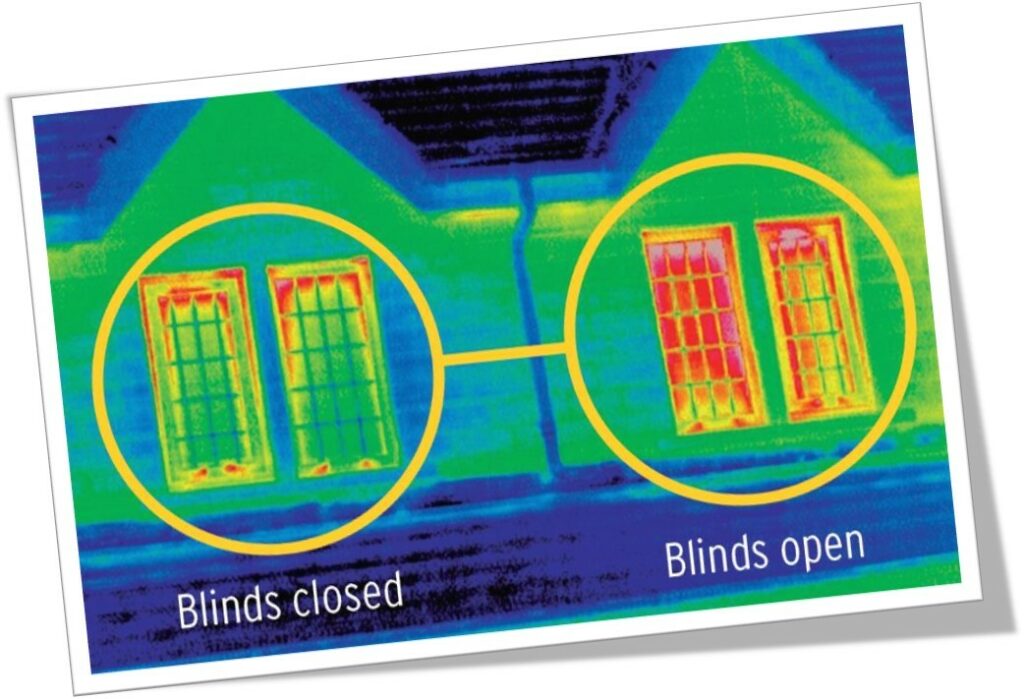
The energy.gov website and the British Blind and Shutter Association (BBSA) provide interesting findings on the improvements that can be made with window coverings. With many of us spending an increasing amount of time at home because of working from home, staying warm is important! Shutters and blinds are a fantastic way to improve energy efficiency in your home.
How will shutters or blinds reduce heat loss?
You can enhance the energy-efficient benefits by opening your shutters in the winter months when the sun is out during the day, so the room can build up and retain the heat from the sun. Once the sun goes down, close your shutters so they act as a barrier to heat loss and help retain the heat. This may seem obvious, but it really does help, and it may be something you forget to do in rooms you don’t use as much.
Another benefit is that plantation shutters will reduce heat loss in the winter months but reduce heat gain in the summer. Shutters are excellent insulators and will trap the cold air between your shutter and the window.
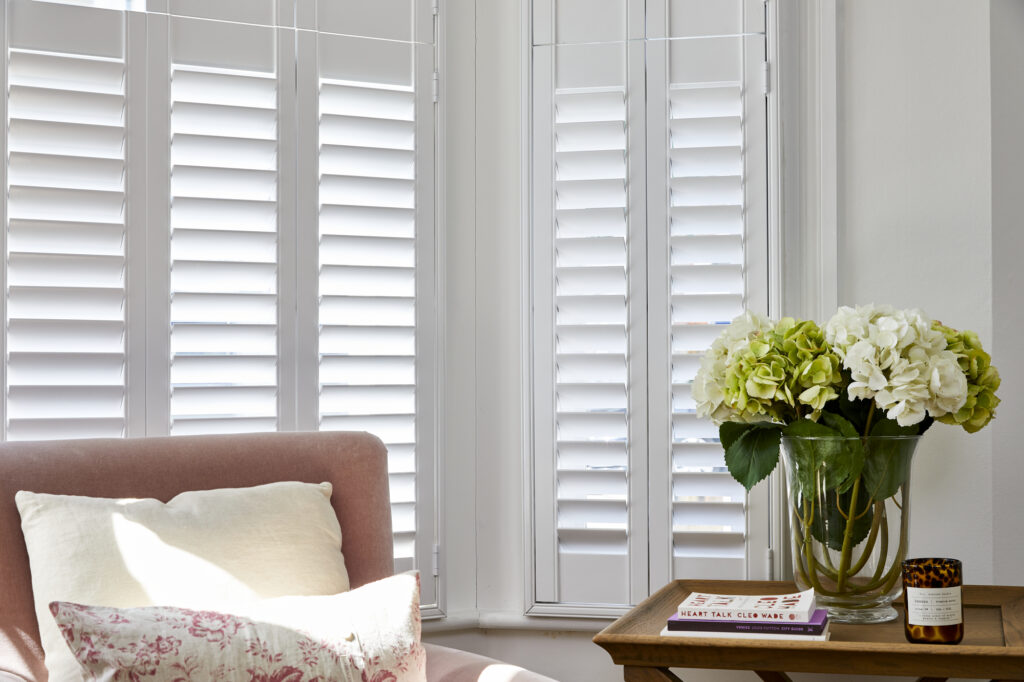
A huge advantage of plantation shutters over curtains and blinds is the huge flexibility that the louvres provide, where as with curtains or blinds they have to be fully drawn or open, shutters have the ability to be adjusted to the light / thermal requirements you desire. When the shutter panels and louvres are fully closed they can reduce the heat lost through a window by over 50%. This figure can be further improved with secondary window glazing to over 60%. This was found through a study undertaken by The English Heritage.
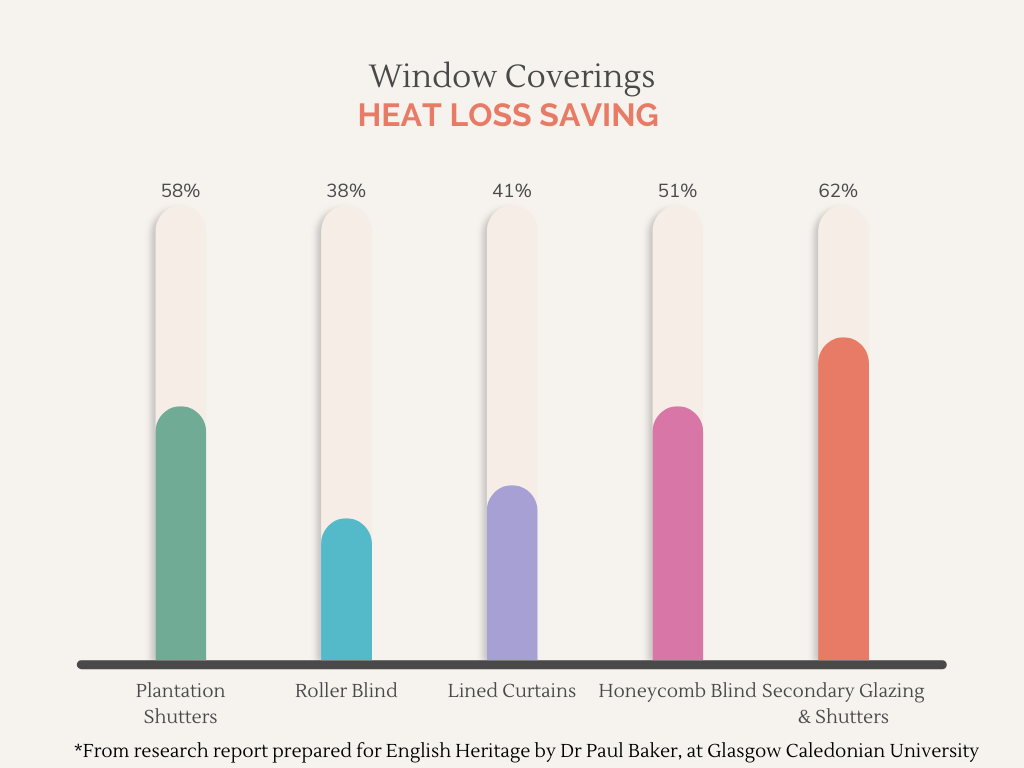
An important consideration when selecting the best window dressing for your home is thinking about how and when you will be using the room. For example during winter, particularly if you are looking at a window in a room you use during the day, you will be wanting to get the balance between reducing heat loss but also ensuring natural lighting, otherwise with fully closed window dressings, additional energy costs (for lighting) would be required. For example, a solid panel shutter gives a higher insulation when it is kept closed, but you will have to keep the lights on all the time! This would be the case for curtains too. Whereas a louvred shutter blind would provide you the flexibility to filter light in during the day.
Other options to consider in addition to shutters or instead of shutters
For even better insulation and heat loss saving, you could consider having integrated black out blinds behind your shutters or curtains. These black out blinds, known as Honeycomb blinds or cellular blinds have a unique smart cellular pleated design. The cells provide an excellent insulation barrier, maintaining the heat in the winter. The double-walled honeycomb structure makes the fabric extremely strong, durable and flexible. The combination of these Honeycomb blinds and interior plantation shutters ensures you are maximising on the energy saving.
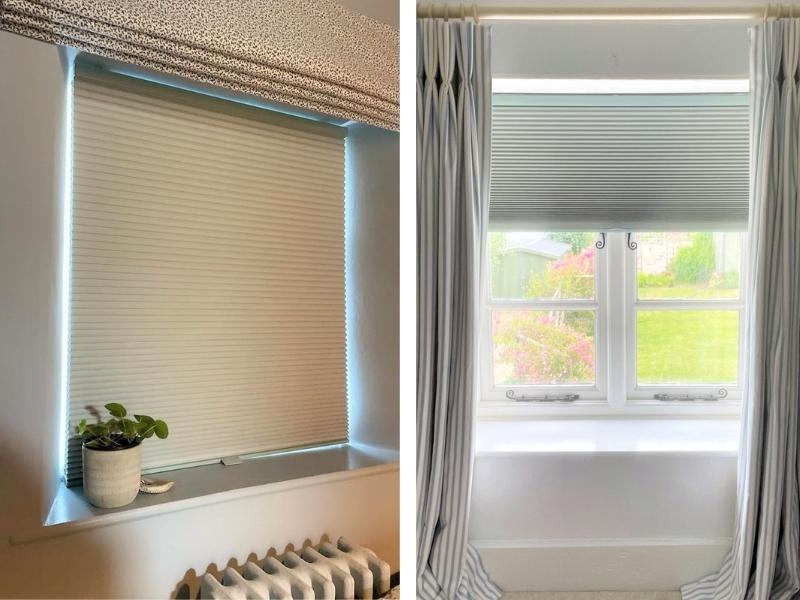
If you are looking for blinds rather than shutters that’s fine! You can also consider honeycomb blinds as a standalone product, or as a blind to go behind an existing window dressing that you have in place, such as curtains or roman blinds. They will provide you with an affordable and practical solution for additional insulation and darkness. Depending on the light levels you are looking for, our honeycomb blinds come in sheer, light filtering and room darkening, therefore they are hugely flexible to your room requirements.
Watch the video below to learn more on how to keep the heat in your home with blinds and shutters
We have many different shutter and blind options for you to consider in your journey to keep your home warm! If you would like further information or guidance on what may be best for your windows then please do get in touch with our team who can chat to you further or organise a free site survey.
